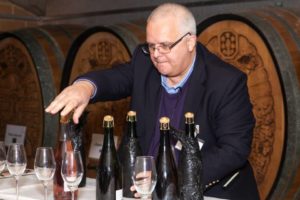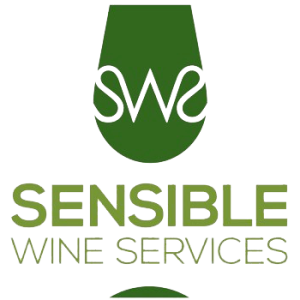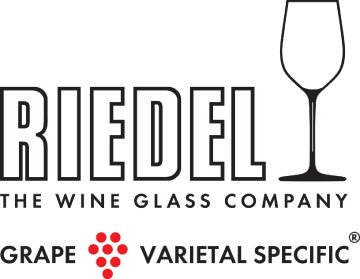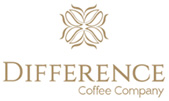Is too much sunshine ruining your picnics and barbeques?
Make 21st June Light Strike Awareness Day!
Summer solstice is the longest day of the year, with the UK enjoying at least 16.5 hours of daylight, but is all this sunlight ruining the wines, ciders and beers that the British enjoy at picnics, barbeques and other outdoor events?
The famous Italian scientist Galileo Galilei is famously quoted as saying “Wine is sunlight, held together by water” and sunlight remains vital for grape growing. However, once the grapes are picked, light becomes the enemy of wine. In the winery, winemakers keep the wine in the dark, inside tanks, barrels and underground cellars, but once the wine is bottled it can be ruined by light within less than an hour. As soon as wine leaves the protective darkness of its cardboard carton, it is at risk of damage and once it is in distribution, no producer in the world has the power to affect how it will be stored by either the trade, retailers or consumers.
Light strike taint or Goût de Lumièrehappens when UV and various specific wavelengths of visible light activate electrons on vitamins B2 & B5 found naturally in wine and this photochemically oxidises certain sulphur-containing amino acids into unpleasant sulphide compounds. Wine in a clear glass bottle will quickly develop unclean off-aromas that may at first be difficult to detect, but the process once begun is unstoppable and the off-aromas will eventually evolve into pungent smells of dirty drains, stagnant water and sewage. When exposed to direct sunlight the process is more than 4,000 times faster!
At Plumpton College, the UK centre of excellence in wine education, the topic of light strike has been on the syllabus for many years, and all wine graduates have a clear understanding of the risks wine face from light. However the broader wine trade and general public remain oblivious to damage caused to wine by light. So this Summer Solstice, Plumpton College in conjunction with the Champagne and Sparkling Wine World Championship (CSWCC) and leading UK Winery Nyetimber are launching the inaugural LIGHTSTRIKE AWARENESS DAYto educate the trade and public about this problem and suggest steps that can be taken to prevent wine from becoming light-damaged.
Tom Stevenson, the UK sparkling wine expert and founder of the CSWWC, conducted the world’s first practical demonstration of growing light-struck aromas against unaffected samples of the same wine at the International Sparkling Wine Symposium in 2013. He states “Clear glass is most commonly used for Rosé and Blanc de Blancs styles. Producers always blame the marketing people for demanding clear glass bottles and whereas this might be true, it is a fundamentally a quality control issue, and for the sake of longterm reputation, no self-respecting producer should allow marketing to overrule quality control. They should switch to dark glass bottles, tick the box and move on. English sparkling wine is ahead of the game, as is Trentodoc, but Champagne lags behind. All the clear glass bottles in my cellar have always been double-bagged in black plastic and since I introduced this safeguard at the CSWWC in 2015, the instance of faulty bottles has dropped by 94%. Why other competitions have not followed suit when the science of light struck aromas is known and the remedy is so cheap and easy to deploy, I cannot imagine. Perhaps they don’t care?”
UK winemakers are helping in the fight, by moving away from colourless and light coloured glass to darker green and the more protective brown bottles. Nyetimber has long been aware of the problem, and all their English sparkling wine has been bottled in dark glass since 2009.
Brad Greatrix, winemaker for Nyetimberis passionate about the topic of light strike.
“We do as much as we can to raise awareness of light strike. Every year a lot of perfectly good wine is spoiled because it is stored in clear bottles and exposed to sunlight or the wrong type of indoor lighting. At Nyetimber we’ve been filling our wines into dark amber bottles since the 2009 vintage to protect against these exposures. Once one learns to recognise the sulphury smell of a light affected bottle, you’ll be amazed at how prevalent it is in wines filled into transparent packaging!”
Many other wineries have since taken precautions to minimise risk and are also putting their premium wines into darker coloured bottles. One particular problem occurs with still and sparkling Rose wine. Many winemakers still choose to showcase the pink colour of their wines through colourless glass and to make it an attractive proposition to people as they scan the shelves looking for the next wine purchase. Blanc de Blancs.
Tony Milonowski, Lecturer in Oenology at Plumpton Collegeconcluded “Education about light strike is the key defence to this wine problem. There are many opportunities for wineries, retailers and customers can take to reduce the damage to wine, it’s an important to educate winemakers and those wanting to make a career in the wine industry about the issue. I hope on the longest day in the year we can get this important message out”
As part of LIGHTSTRIKE AWARENESS DAY, Plumpton College and CSWCC are urging the following groups to take action.
Winemakers
- Should try to bottle their wines in as dark glass as possible.
- Ensure bottles are kept covered at all times in the winery, by using opaque black shrink wrap on bins and stillage or but placing wine immediately into cardboard boxes.
Wine merchants, bars and restaurants
- Keep stock at risk of light strikeaway from direct light including window displays
- Change damaging lighting such as fluorescents tubes to more wine-friendly bulbs (with wavelengths restricted to in excess of 530nm)
- Give preference to wines from wineries who package their wine in dark glass (even green glass offers only 50% protection).
Wine competitions
- Double-bag each clear-glass bottle in black plastic from the very moment it is removed from its packaging and keep it double-bagged throughout every stage of the competition.
Customers
- Keep purchased wine at home away from light (do not show-off clear glass bottles).
- Keep bottles in cardboard boxes and cool dark locations in the house. For those without cellars, purchase to drink, not cellar, but even short-term storage should be confined to the coolest cupboard in the house.
- When enjoying wine outside, keep the wine away from direct light, or even better wrap the bottle in aluminium foil.
- Choose wines from wineries who package their wine in dark glass.









